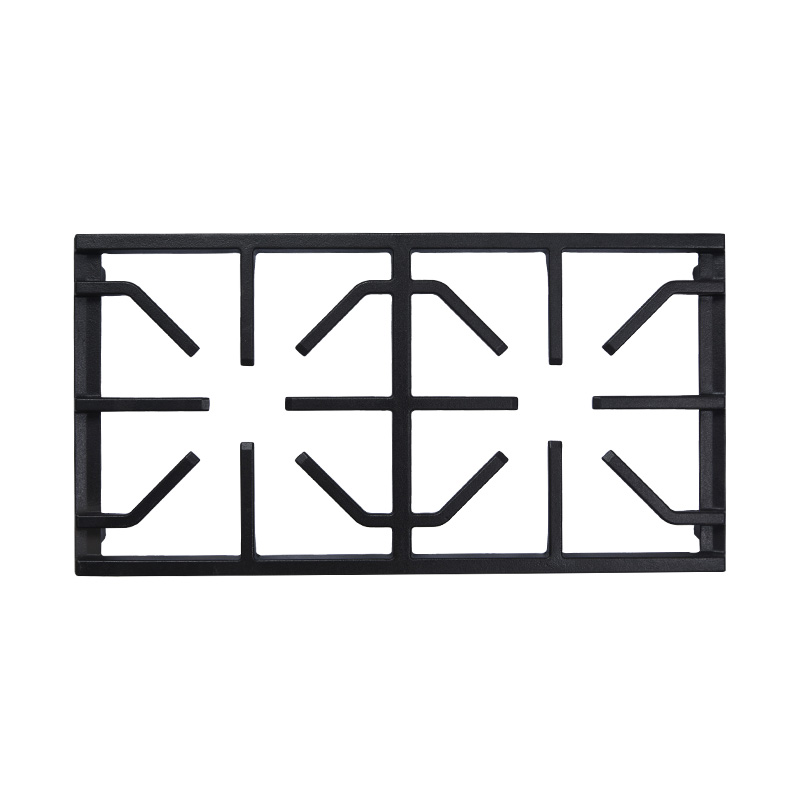Cool Down Gradually: After using your cast iron baking sheet, it’s critical to allow it to cool down naturally. Cast iron, due to its dense molecular structure, retains heat exceptionally well. Subjecting a hot cast iron sheet to rapid temperature changes, such as running it under cold water or placing it on a cold surface, can lead to thermal shock. This abrupt temperature shift can cause the metal to crack, warp, or even develop microfractures that may not be immediately visible but can significantly compromise the structural integrity of the sheet over time. To prevent this, after removing it from the oven or heat source, let it cool gradually on a heat-resistant surface, away from drafts or cold areas.
Gentle Cleaning: When it comes to cleaning cast iron, preserving the seasoning is paramount. The seasoning is a layer of polymerized oil that builds up on the surface over time, providing natural non-stick properties and protecting the metal from rust. To maintain this seasoning, avoid abrasive cleaning tools such as steel wool or harsh scouring pads. Instead, use a soft sponge, brush, or a dedicated cast iron scrubber designed to be gentle on the seasoning. It’s advisable to avoid soap, especially strong detergents, as they can break down the seasoning layer. If you absolutely must use soap due to stuck-on food or a particular odor, choose a very mild dish soap and rinse it off immediately, ensuring that the exposure is minimal.
Avoid Soaking: Soaking cast iron in water is a common mistake that can lead to severe rusting. Cast iron is porous, meaning it can absorb moisture if left in water for extended periods. This moisture can then cause rust to form, both on the surface and within the metal, leading to a degradation of the material. If food is stuck on the surface and a simple scrub doesn’t remove it, try using a method that doesn’t involve soaking. For example, you can fill the sheet with water and bring it to a boil on the stovetop, which will often loosen stubborn bits of food without prolonged exposure to water. Alternatively, use a paste made of coarse salt and a small amount of water. The salt acts as a mild abrasive that can scrub off food particles without harming the seasoning.
Dry Thoroughly: Once the cleaning process is complete, drying your cast iron baking sheet thoroughly is crucial. Even a small amount of residual moisture can lead to rust, which not only affects the appearance of your sheet but also its performance and longevity. After towel-drying, take the additional step of placing the baking sheet on a stovetop burner set to low heat or in an oven preheated to around 200°F (93°C). This ensures that all moisture, even in the pores of the iron, is evaporated. The sheet should be left to warm for several minutes until it is completely dry to the touch. This practice also helps to slightly warm the sheet, making it more receptive to the application of oil in the next step.
Cast Iron Enameled Gas Stove Support
